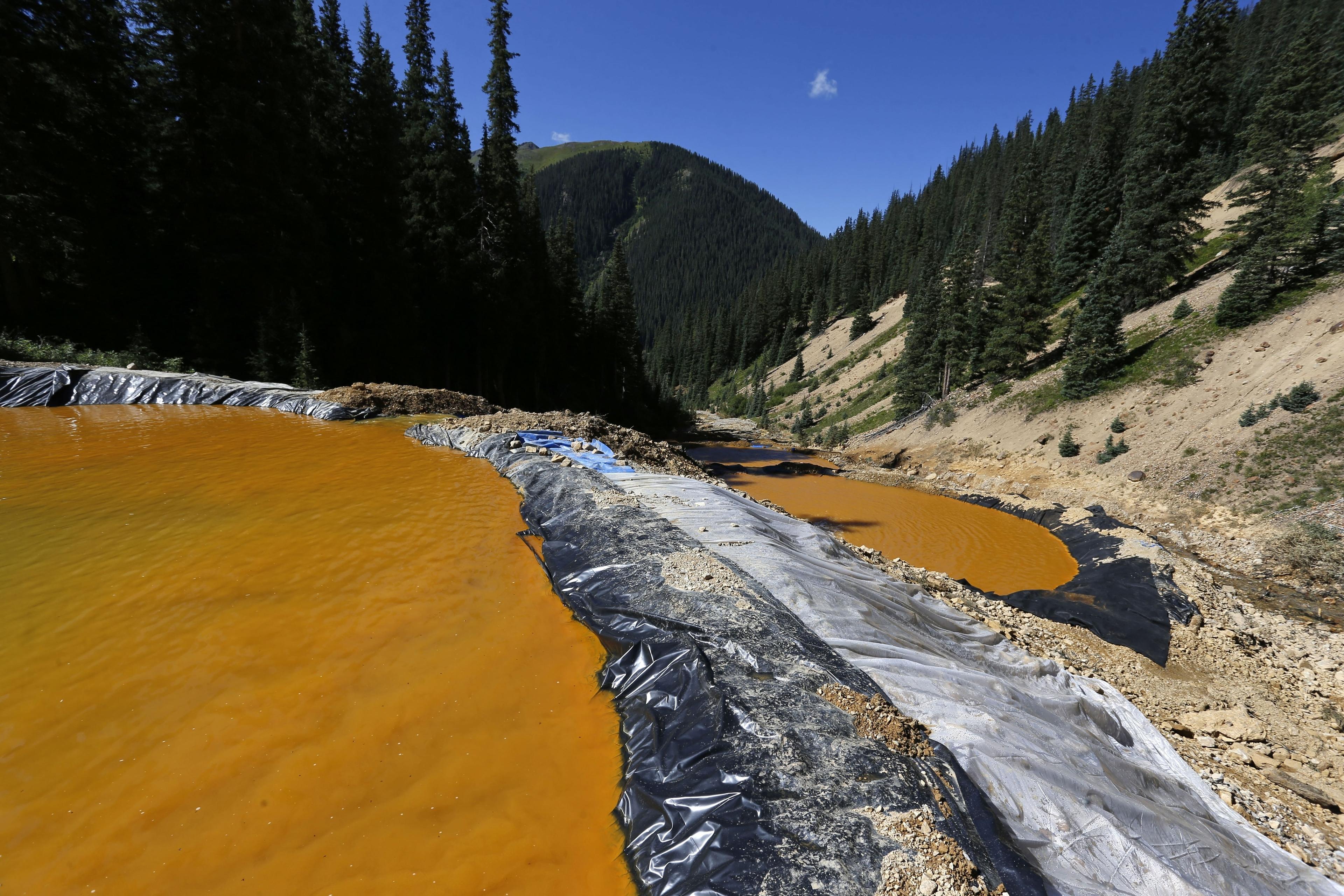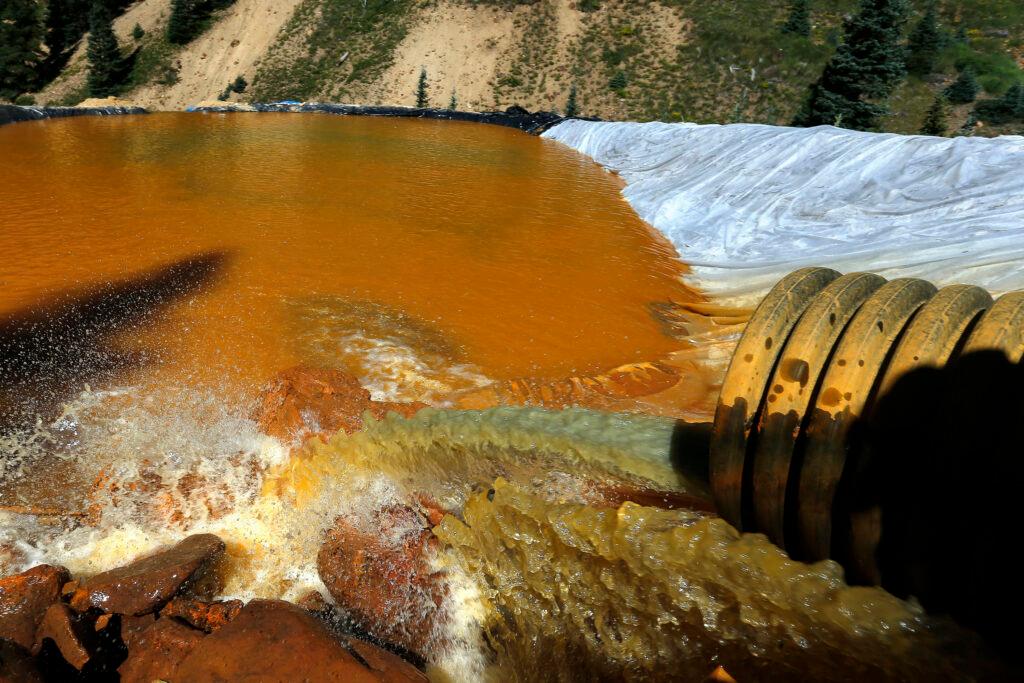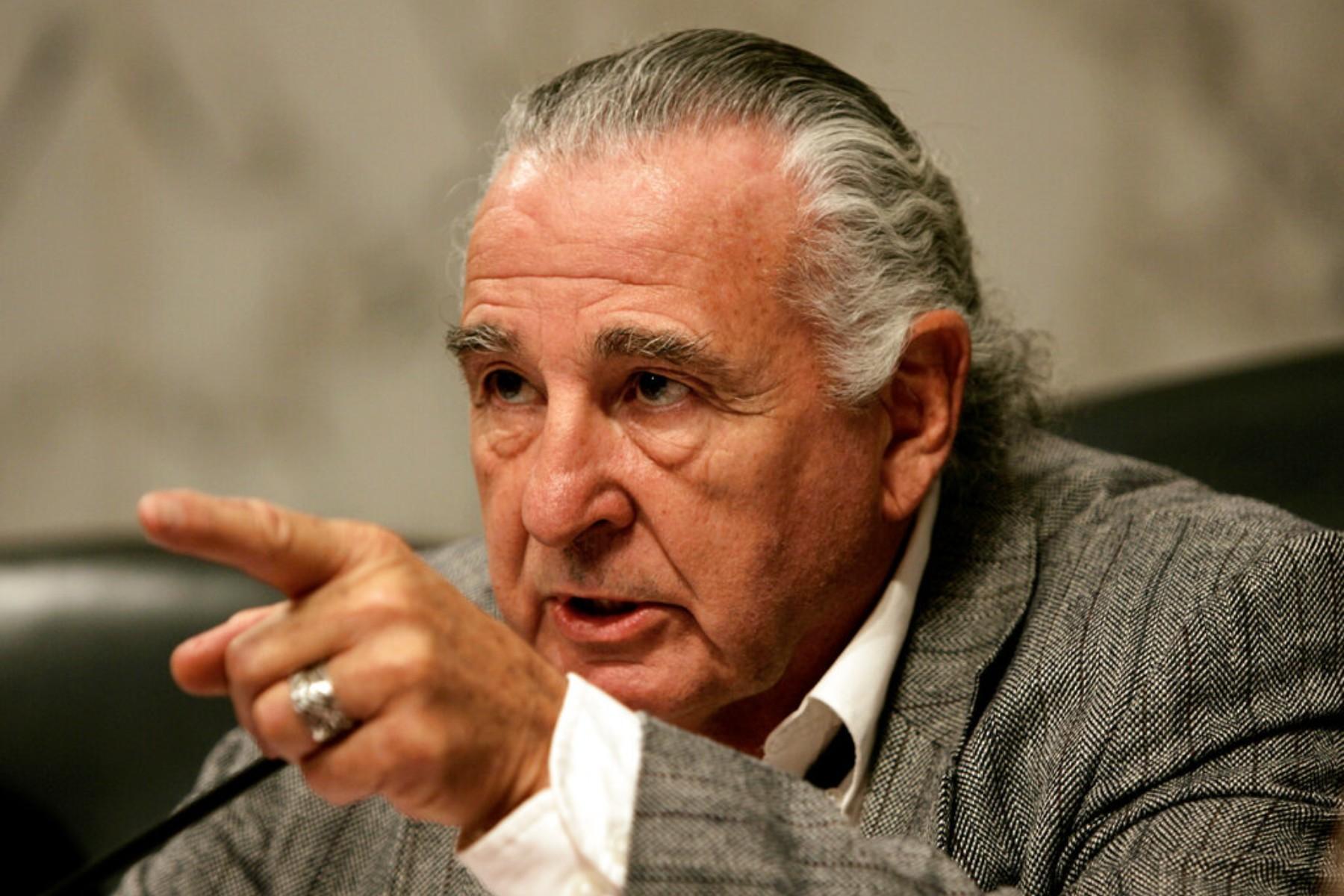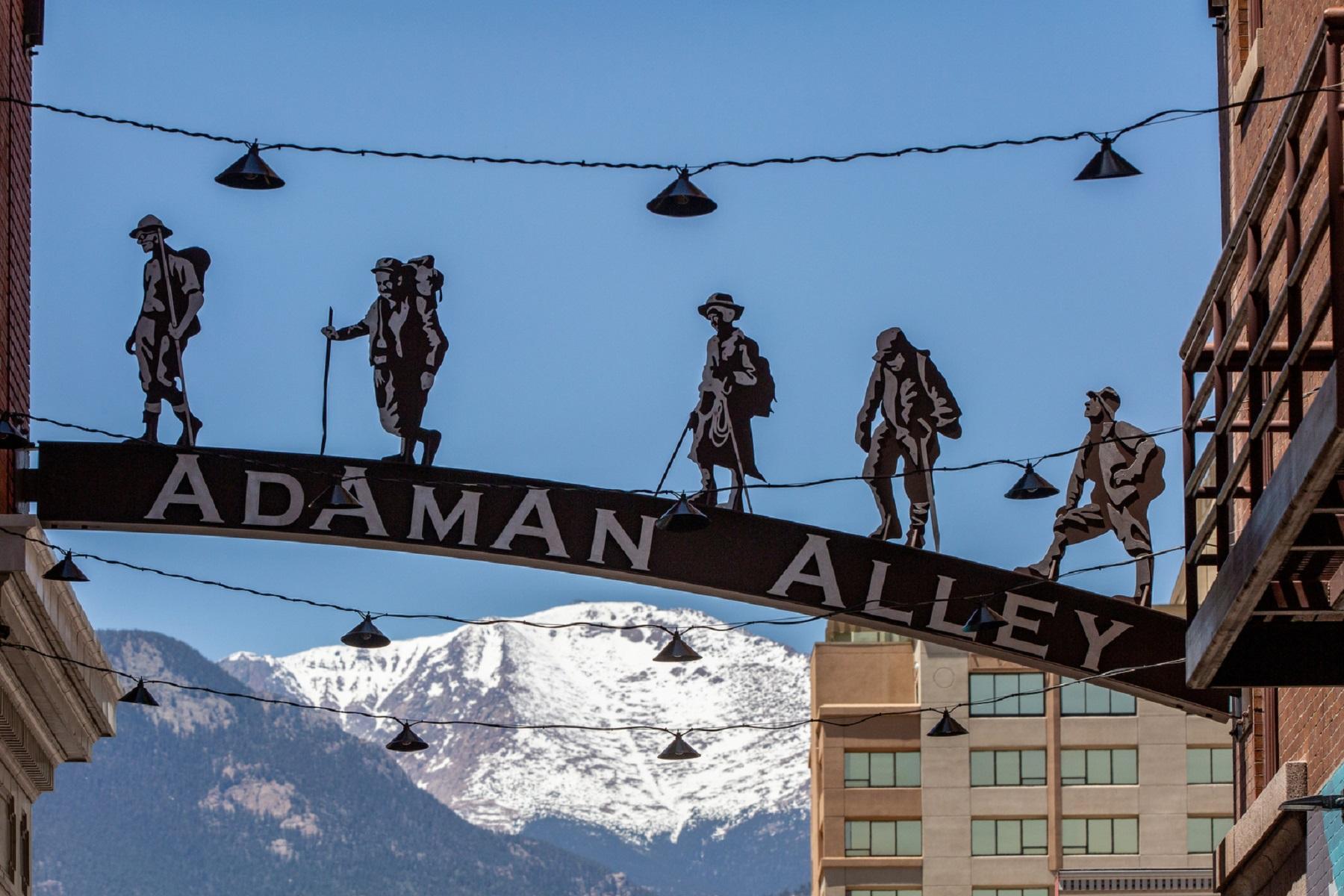
U.S. Senators Michael Bennet and John Hickenlooper introduced new legislation Wednesday to secure compensation for communities affected by the Gold King Mine Spill that polluted Southern Colorado waterways nearly a decade ago.
On Aug. 5, 2015, and during the weeks that followed, the normally deep blue-green of the Animas and San Juan Rivers turned into a bright orange-gold after Environmental Protection Agency (EPA) workers in Silverton, Colorado inadvertently released toxic waste into the watershed. One resident in Durango, a city that relies on the river for economic interests and drinking water, likened the scene to a popular ‘90s drink mix as the waste moved downstream.
“The color was like, I compare it to Tang that has been maybe mixed too thickly like you let your kid go ahead and mix it as thick as he wanted to, and it turns into this kind of thick, opaque orangish-yellow stuff,” said environmental journalist and author Jonathan Thompson during a CPR interview in 2019.
The fallout from the Gold King Mine spill was devastating for tourism, farming and families not only in Colorado but also in New Mexico, Utah, the Southern Ute reservation and across the Navajo Nation.
Three million gallons of acidic mine drainage containing heavy metals from the Gold King Mine polluted waterways for months, and communities along the rivers are still feeling the effects. Though the EPA did compensate some people who filed loss claims, its ability to assist affected businesses, farmers and homeowners is constrained by existing laws.
“After all these years to see the promise of our government concerning the Gold King Mine incident and its ensuing economic damage was not forgotten, is refreshing,” said Alex Mickel, president of Mild to Wild Rafting and Jeep Tours, whose business took a hit following the spill.
Senators Hickenlooper and Bennet said in a statement that their new legislation will give the EPA more authority and funding to compensate outstanding claims from the spill.
The bill includes provisions for injury, lost business income, expenses incurred from relocating livestock, providing alternative water and diminished crops. It covers losses incurred up to two years after the spill took place.
Explaining the spill
The Gold King Mine spill happened at an inactive mine in Silverton, where polluted water had accumulated for years in a manmade pocket of earth called a tailings dam, where byproducts of mining operations are stored.
In a post-spill assessment, the EPA said its staff initially visited the site to look into water that was flowing out of the mine. However, once they began excavating to assess the situation, tainted water from the tailings dam began leaking into the main tunnel. The toxic liquids then seeped into a tributary of the Animas River and spread from there, eventually reaching Lake Powell.
After the spill, the Silverton Board of Trustees and the San Juan County Commission approved a joint resolution seeking federal money, leading the EPA to declare the mine, and 48 others near it across the Bonita Peak Mining District, a superfund site.

The term “superfund” comes from the Comprehensive Environmental Response, Compensation and Liability Act which was established by Congress in 1980, and the designation allows the EPA to clean up sites contaminated by hazardous waste. It also forces the parties responsible for the contamination to either perform cleanups or reimburse the government for EPA-led work.
However, just because the site was designated as a Superfund, does not mean the EPA got full authority to pay outstanding claims from the spill.
“The Gold King Mine Compensation Act clears the procedural hurdles that kept businesses that suffered economic losses due to the spill nearly 10 years ago from being made whole,” said Matt Salka, Chair, of La Plata County Board of County Commissioners in a statement. The La Plata County Board of County Commissioners also shared a letter in support of the senators’ bill.
The EPA has since settled all lawsuits against it from the spill and paid out more than $29 million to address it, including $5.2 million worth of grants and reimbursements. A state investigation of the spill also found the amount of water collected in the tailings dam that leaked was influenced by the nearby Sunnyside Mine. Colorado ordered that mine’s owner, Sunnyside Gold Corporation, to pay up to $45 million “for damaged natural resources.”
- Colorado mining town’s polluted legacy has a potential for profit, but some are wary of the risk
- New Mexico reaches $32M settlement over 2015 Gold King mine spill that polluted Colorado water
- Mining company will pay $1.6 million in Gold King Mine spill lawsuit
- The Gold King Mine Spill Looked Catastrophic. But, Years Later, Fish Are Shaking It Off
- On Spill Anniversary, Why There’s No Legislative Fix For Abandoned Mines
- Federal Probe Blames EPA For Gold King Mine Spill









